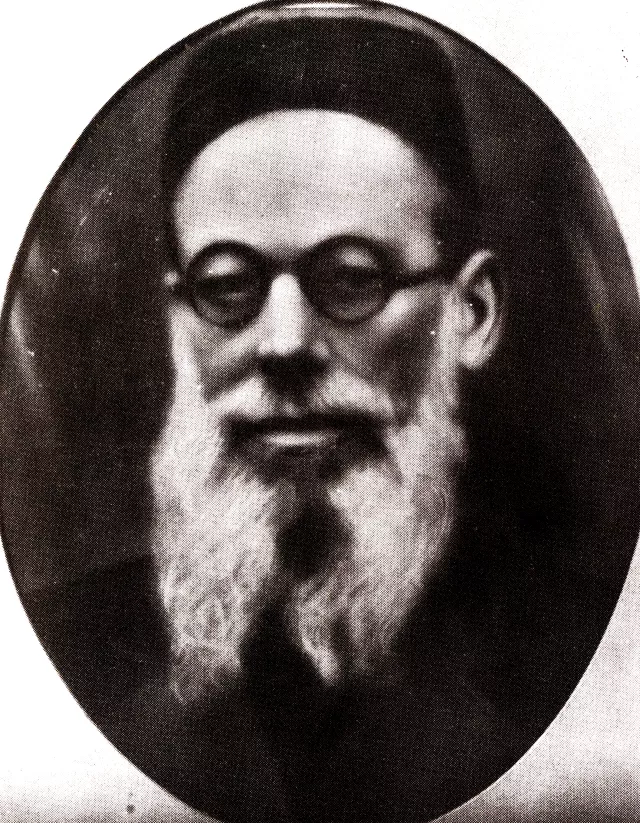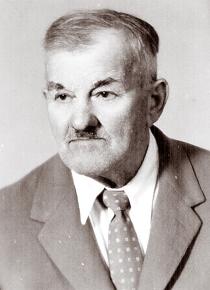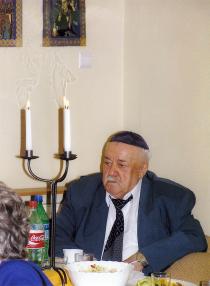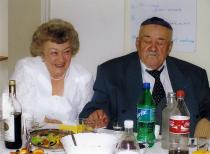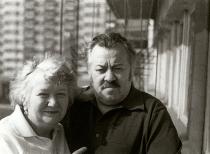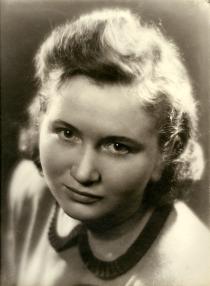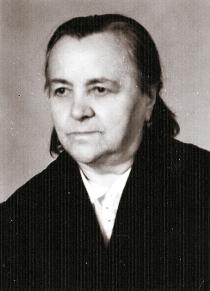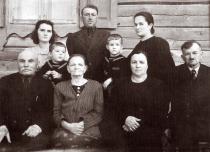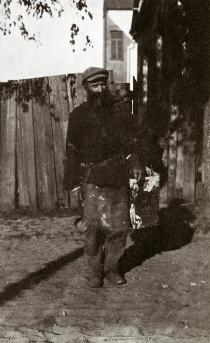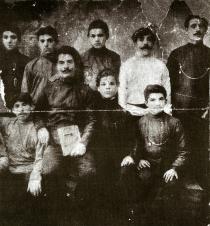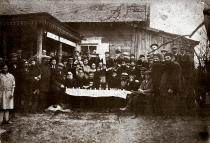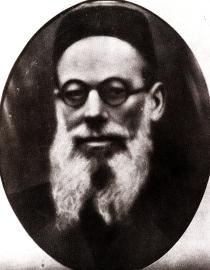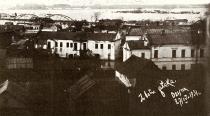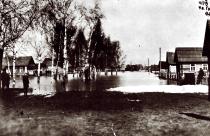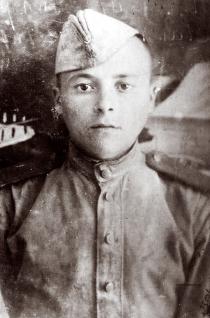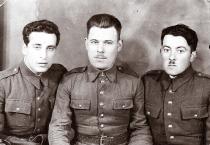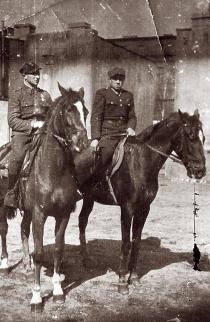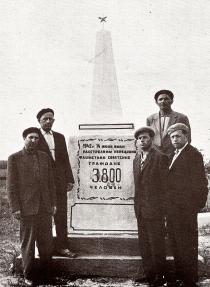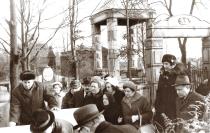Leader of the Jewish religious community in Dzisna
This is the leader of the Jewish religious community in my home town, Dzisna. His name was Jofe Szmer-Zaumen. The photo was taken in 1930 and comes from the memory book about Dzisna and people who lived there before World War II.
There were 6 thousand people in Dzisna. Some 60 percent were Jews. Or 50-60 percent. The remaining ones were Poles and Belarusians. The community was strong. There were merchants, tailors, local officials, doctors. There was also a Jewish religious community in Dzisna, there was a rabbi. The rabbi had huge rights. The rabbi wrote out birth certificates, baptism and marriage certificates and they were accepted everywhere, in all kinds of offices. There were also rabbinical courts. In our Jewish community such a court is the most important one. The Gypsies [Roma] have that as well, that they acknowledge the civic court, but it's not sufficient for them, they have to have their own courts.
So there was this rabbinical court, they used to call for people to testify, one spoke for the one side, the second one for the other side, the third one was neutral. It was a court of one's peers, I guess you can say that. The Jews would usually not want any case to go outside of the community. If someone was stubborn and wanted to go to a regular civic court, so it would be. But this rabbinical court was respected the most.
Let's assume that you and I have some misunderstanding, so I take my so-called juror and you take yours, someone you trust. Like a member of the jury. You could also call the rabbi, but usually it wasn't necessary. Usually they'd settle for some compromise, because there were all kinds of cases there, disputed wills or commercial issues. And everything had to be done, whatever they would say. There was no appeal.
It was called 'dintojra' [Hebrew: Din Torah - religious court]. But those 'dintojras' were different than in the city. What was dintojra there, was the rule of the Torah here. If one side didn't agree to carrying out the verdict, they were doomed in that community. If he didn't do what the court told him to do, if he didn't submit to the verdict, no one would trade with him, no one would shake his hand, no one would want to talk to him. It was different in a civic court, but in the community it was sacred.
In a Jewish community, the rich members were also important, not just the rabbi. There was this Bimbat, a wealthy man. He came from a poor family, but became rich selling forests. There were also some doctors, members of the intelligentsia in the community, they had their own banks and trade unions, all of them Jewish. The chairman of the bank was the community leader. There were some butchers, three rabbis, there was one appointed by the government and there were schoolteachers. Candidates would take part in the local magistrate elections. There were parties - the Bundists, the Zionists, the Hashomer Hatzair, leftist, rightist... There were Chalucinim [HaHalutz], they were mostly young people who wanted to go to Israel. The strongest party was the Bytarym [Betar]. That was a rightist party.
